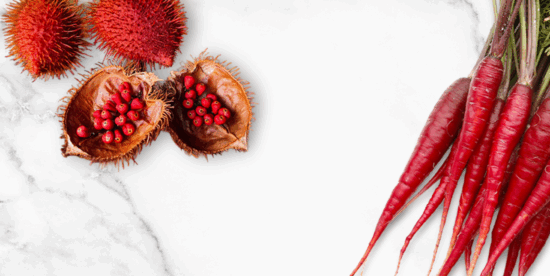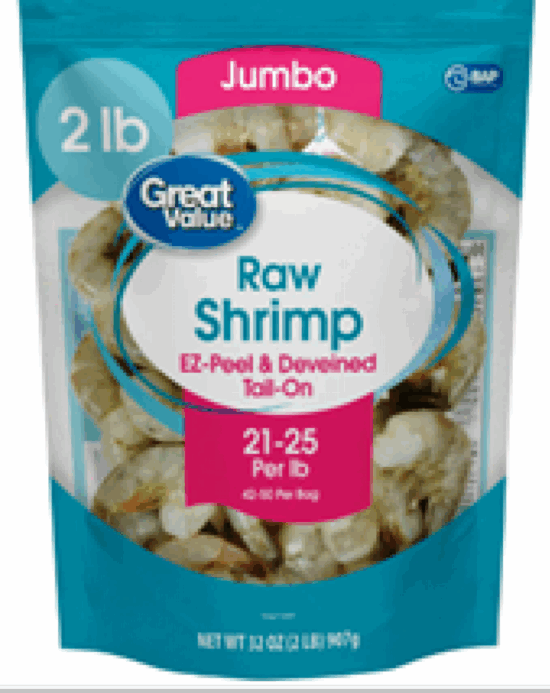The Campbells’s Company will stop using artificial food dyes in 2026, joining several other companies that have made similar promises in response to a request from Health and Human Services Secretary Robert F. Kennedy Jr.
In announcing the switch, the 155-year-old company said it has used many colors derived from natural sources in the majority of its products for many years and that the move away from artificial dyes only affects a few products.
“Our commitment to making great food means we adapt to consumer needs and lead with innovation. People want simpler, recognizable ingredients — and we’re responding,” the company’s announcement says.
The artificial colors currently used in Campbell’s products are all allowable by the Food and Drug Administration and are on the agency’s Food, Drug and Cosmetics (FD&C) approved list. However, Kennedy and FDA Commissioner Martin Makary earlier this year asked food companies to stop using several of the dyes that are FDA approved. Companies are responding with voluntary actions.
“We will no longer produce any of our food or beverages with FD&C colors. The transition means that Lance crackers and V8 Splash will use colors derived from natural sources, such as annatto and purple carrot juice concentrate. Our regional Snacks brands such as Jay’s, O-Ke-Doke and Tom’s and cookie brands like Archway and Stella D’oro will also no longer use FD&C colors,” Campbell’s said.
Campbell’s move to natural colors is set to begin sometime between March and August 2026. The existing products will be replaced “as inventory clears.”
“We’ve been actively reviewing our portfolio and tracking the evolving regulatory environment. People are increasingly seeking better-for-you options with simpler, recognizable ingredients. This move reflects both consumer preferences and our commitment to making great food,” Campbell’s said.
In its announcement, the company pointed out that it’s red Goldfish crackers have used colors sourced from plants for more than 15 years. The product is made with a mix of beet juice concentrate and paprika extracted from sweet red peppers. Beginning in 2026 annatto and purple carrots will be used to color products like Lance crackers and V8 splash.
Other companies that have responded to Kennedy’s suggestion include General Mills, Kraft Heinz, PepsiCo, Danone North America, TreeHouse Foods, Conagra Brands, Nestlé USA and Tyson. The companies currently use artificial food dyes that have FDA approval, but are switching to natural dyes.
The FDA currently approves the use of Blue 1, Blue 2, Green 3, Red 40, Yellow 5, Yellow 6, Citrus Red and Orange B. All are petroleum based and are used in the production of highly processed foods. Kennedy has repeatedly said he wants to reduce the amount of processed food consumers eat — including those colored with artificial dyes — but has not said how he plans to do so.
In the quest to entice food companies to voluntarily stop using artificial dyes, FDA officials have given approval for some natural dyes that have previously been banned. The newest color is gardenia blue. It is extracted from the fruit of the gardenia, a flowering evergreen. The FDA has approved the color additive for use in sports drinks, flavored or enhanced non-carbonated water, fruit drinks and ades, ready-to-drink teas, hard candy and soft candy.
With the approval of the blue coloring, the FDA has now put four food dyes on the approved list. In May the agency gave the OK for three colors derived from natural sources. Those were: galdieria extract blue, a blue colorant derived from the unicellular red algae Galdieria sulphuraria; calcium phosphate, a white powder; and butterfly pea flower extract, a blue color that can be used to achieve a range of shades including bright blues, intense purple, and natural greens.
(To sign up for a free subscription to Food Safety News, click here)



